09 Nov All You Need To Know About Gyokuro Green Tea
Gyokuro can be found in our Shades of Green box and is considered the highest grade of green tea in Japan.
What is Gyokuro?
Gyokuro comes from Uji-Cha, Kyoto in Japan, and is made from the first flush leaf. It has an incredible sweetness thanks to the farmer’s shading of the tea bushes from sunlight just 20 days before the harvest begins. By shading the leaves it boosts the L-theanine levels and sweetness in Gyokuro tea’s leaves.
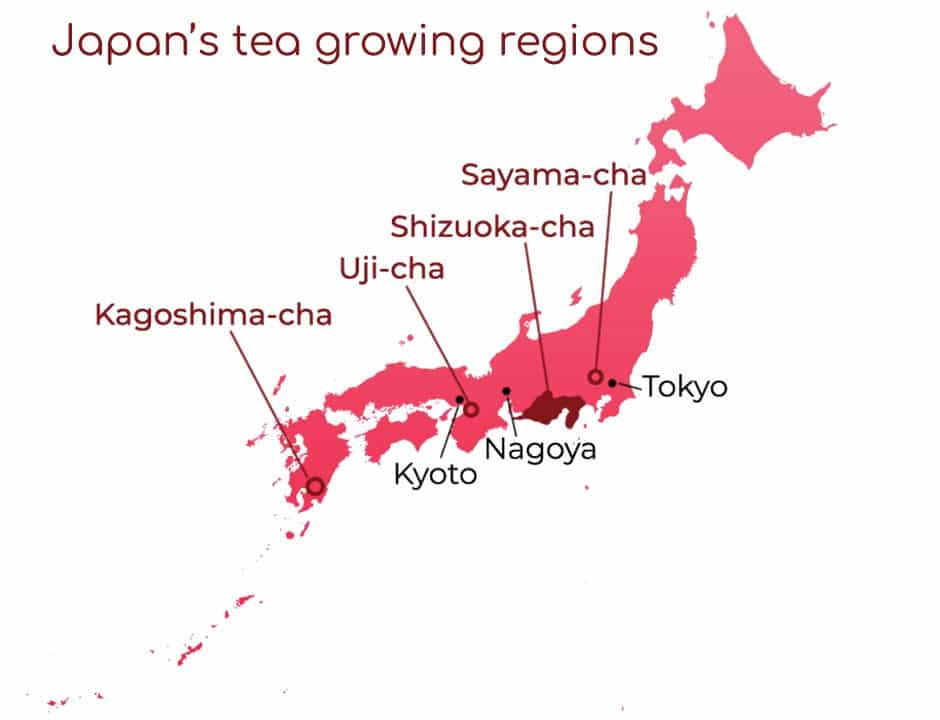
Flavour Profile
Gyokuro has umami, sweet, and grassy flavours and smells like freshly cut grass and dew. This tea should be brewed at around 60°C-70°C for the ultimate sweetness and Umami sensation. The tea leaves are a dark green reminiscent of seaweed and when brewed, the tea has an amber, dewy appearance.
Origin
This tea was invented in Kyoto in the 1830s by combining the kneading and drying method of Sencha with the cultivation method of Tencha (shaded).
Gyokuro is from the Yabukita cultivar, its leaves are flat and pointed and provides a smooth taste and fresh fragrance. This tea contains the highest number of minerals and vitamins after Matcha.
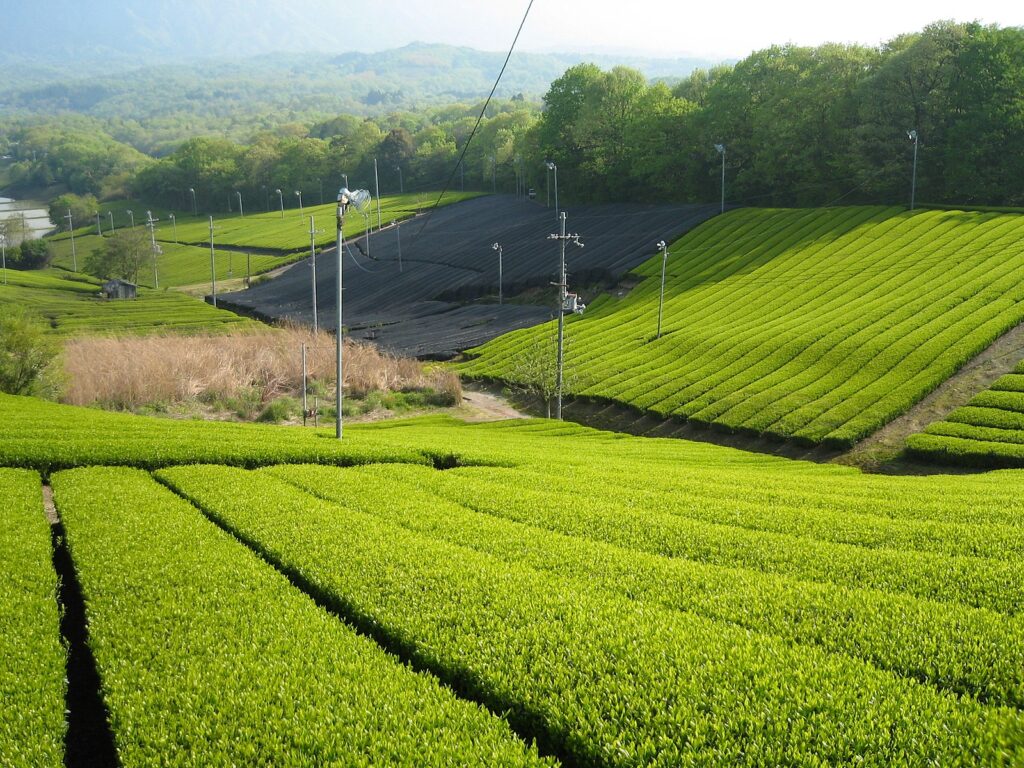
Legends
During the Edo period a tea merchant, Yamamoto Kahei often traveled to Kyoto to buy and study tea. On a journey to Uji, to study the Tencha process he visited the Kinoshita family who, just like other farmers from Uji, shaded their tea leaves with straw to protect them from frost. The merchant noticed that the leaves of the Kinoshita family became “sticky” in the process. He shaped the tea leaves into little pellets to give them a try. The flavour was amazing, he immediately repeated the process and took the tea back to Edo and sold it under the name Tamano Tsuyu (Jewel of Dew) with resounding success.
A man called Eguchi Shigejuro applied the shading method to sencha from Uji and gave Gyokuro its name. Today in Japan Gyokoru is considered the “best” tea.
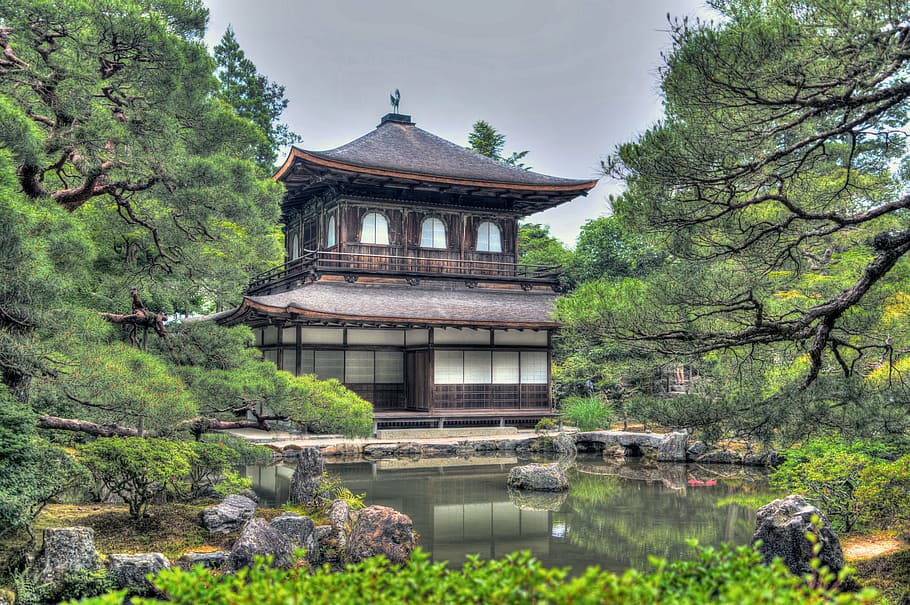
Processing of Gyokuro
Most steps for Gyokuro is similar to Sencha, however in early april, at the start of the first flush, Gyokuro leaves are shaded by straw or a black mesh cloth to block the sun for 20 days before harvest. By blocking sunlight and reducing the rate of photosynthesis, the leaves increase production of caffeine and L-theanine. Shading prevents L-theanine from breaking down into Catcechins, a polyphenol responsible for the bitterness in green tea, instead gyokuro has a full-bodied, less astringent tea with a hint of sweetness.
1. Steaming – right after being picked the leaves are steamed to stop oxidation
2. Coarse kneading machine – after the steaming step tea leaves contain more than 80% of water with specific techniques this amount of water can be increased or decreased. After the kneading, the tea leaves are crushed.
3. Second kneading – the tea leaves are further processed and dried.
4. Precise kneading – the leaves are processed into slender pieces and dried simultaneously to create aracha (unrefined tea) which is refined to become gyokuro.
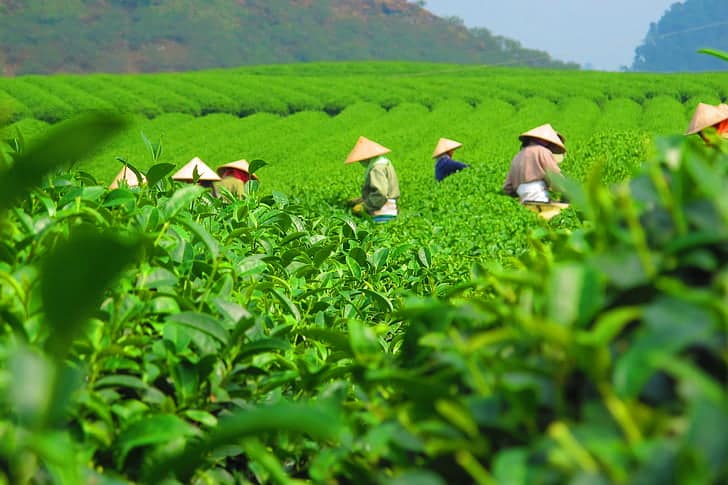
Brewing tips
Here are some brewing tips to help you get the most enjoyment out of your Gyokuro.
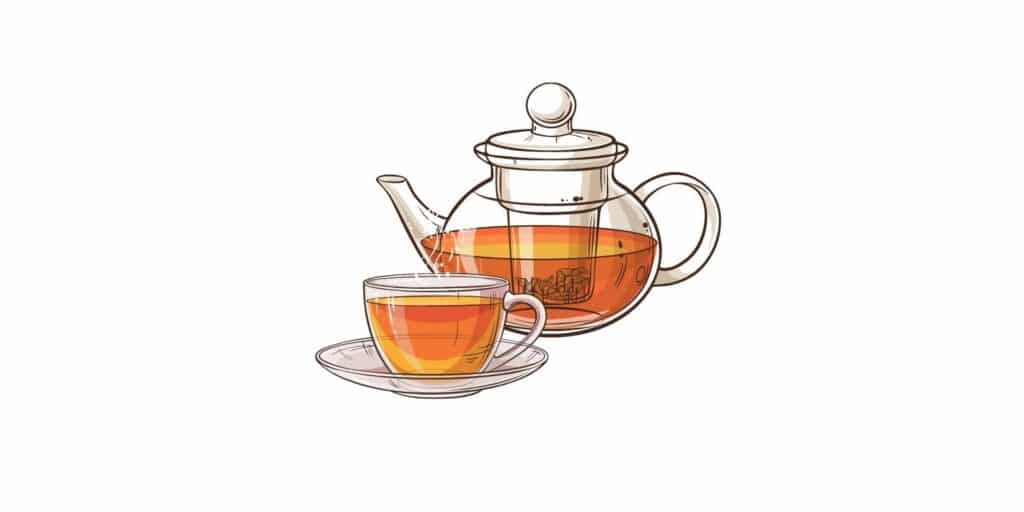
The “Western style”
Steep 3 grams ( 1 tbsp) per 350ml (teapro infuser glass) water between 50-60°C.
Infuse for 2-3 minutes for the first infusion and around 3-6 minutes for a second and a third times.
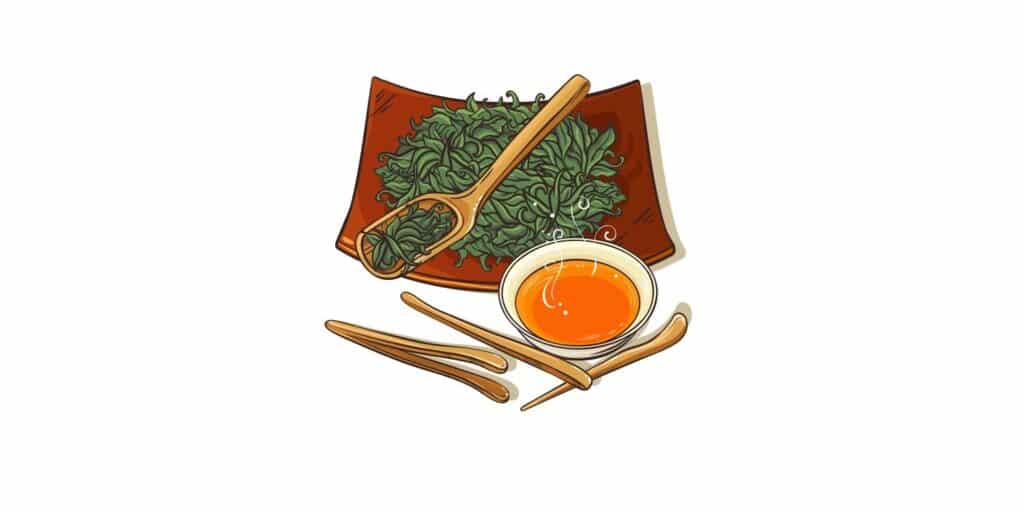
The “Asian style” or “Gong-fu”
Steep 6 grams (2 tbsp) in 150ml water (medium sized Gaiwan) between 50-60°C for approximately 20-30 seconds.
Infuse 6-8 times and add 5-10 seconds for each consecutive re-steep.
Want to learn more about loose leaf tea? Why not check out our free 5 day email course? Click below to sign up.
We hope you found this post interesting!
Have you ever tried Gyokuro before? What were your first impressions?
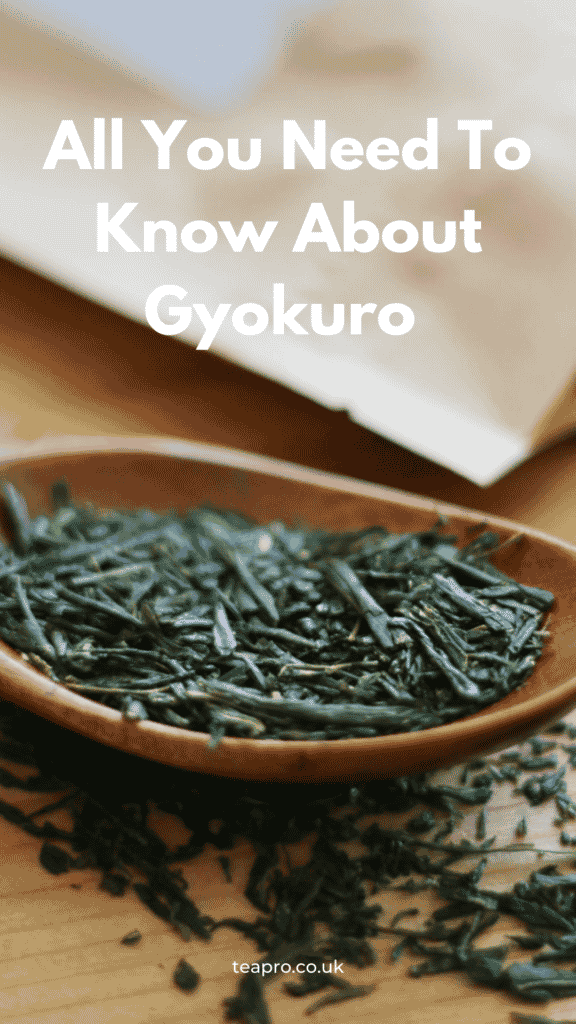

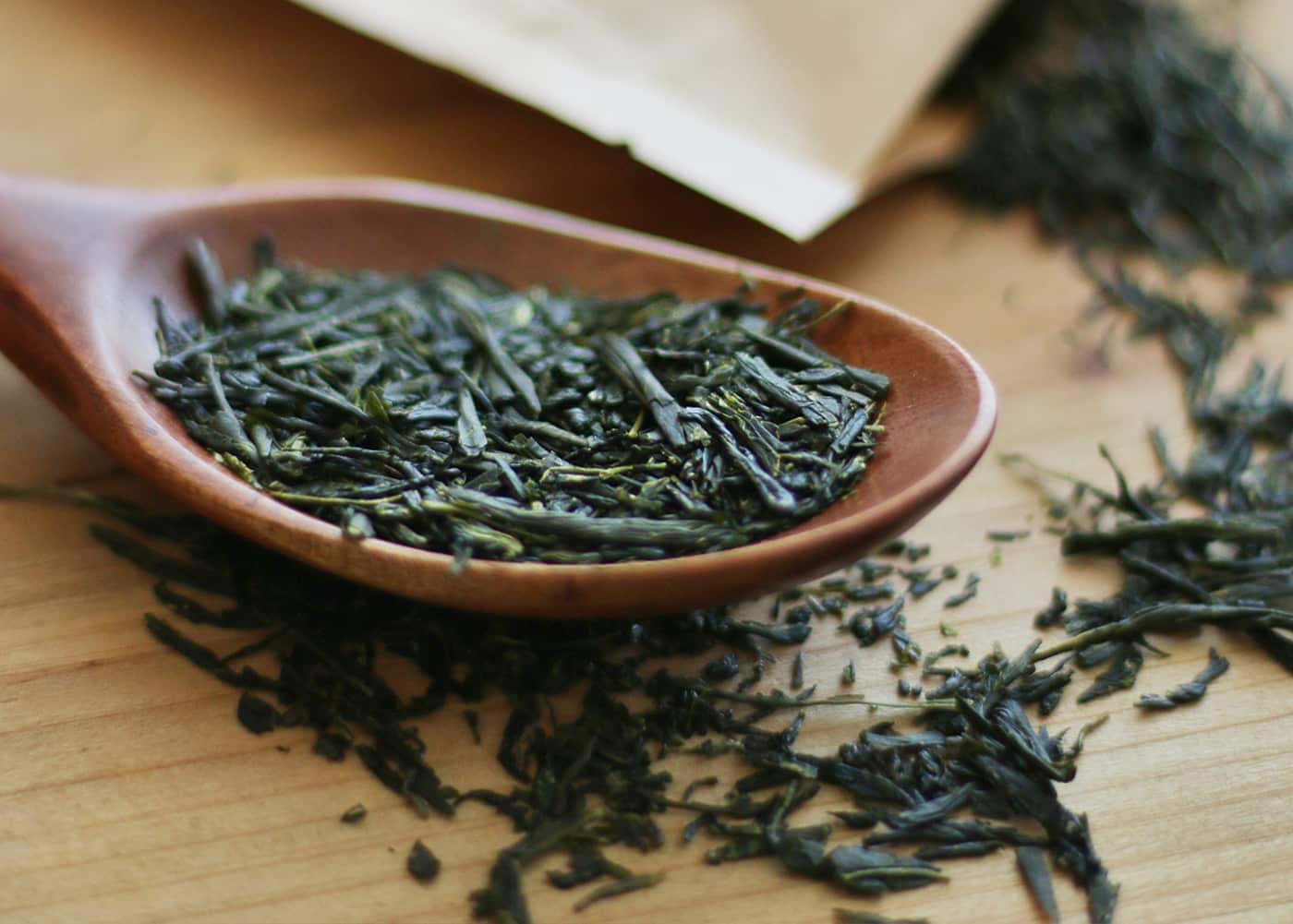

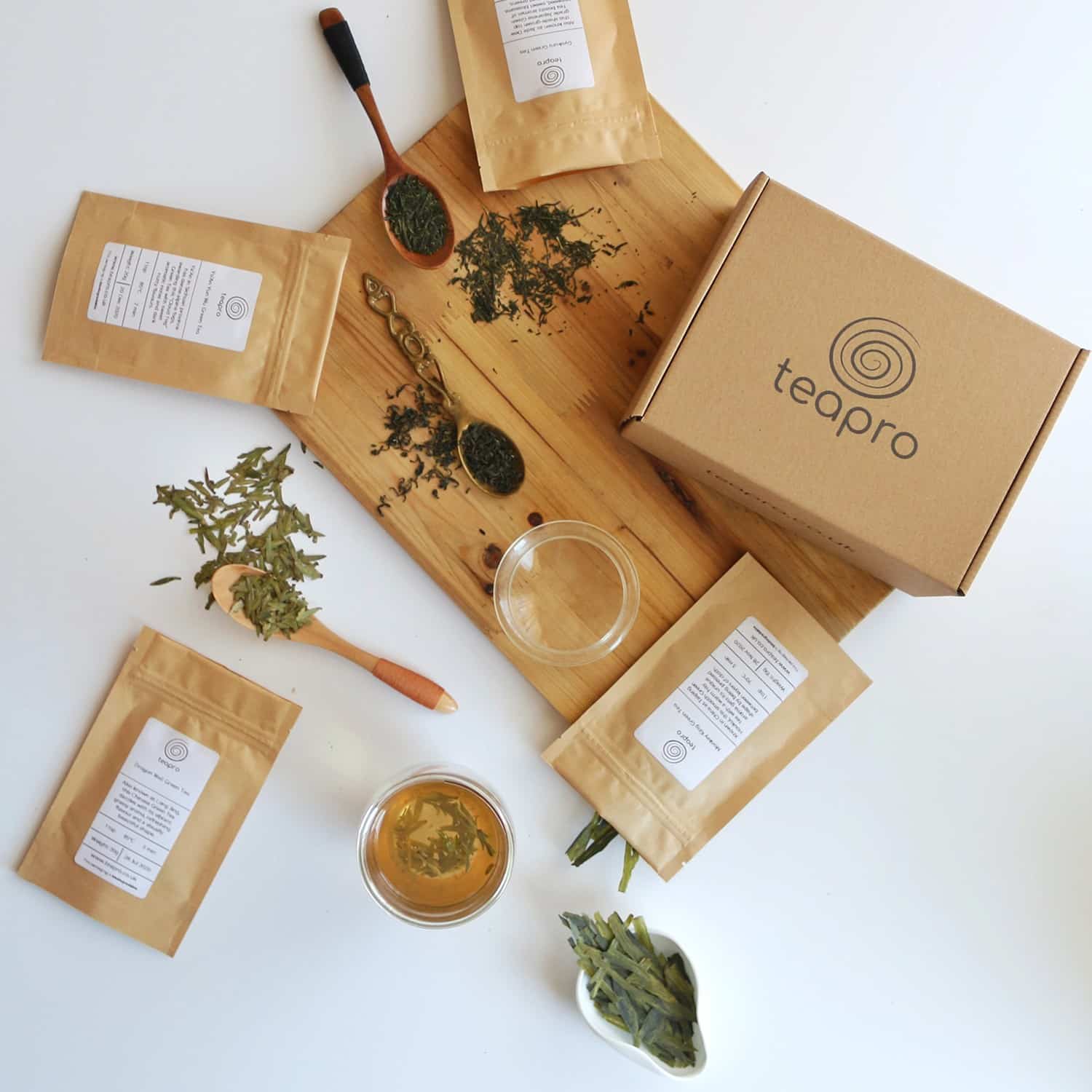

No Comments